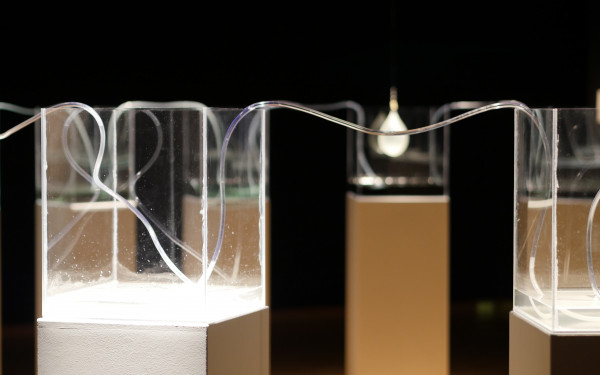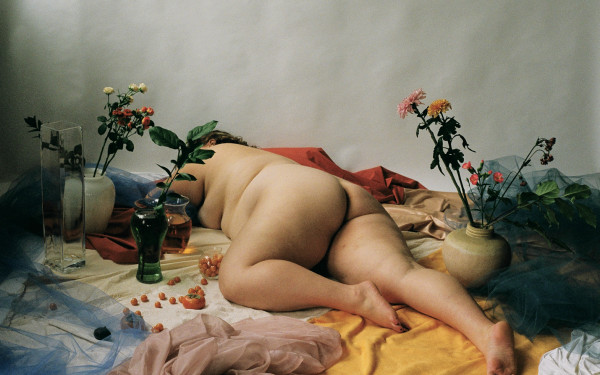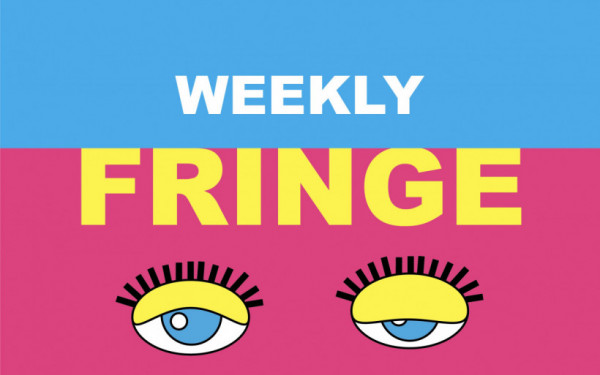Nature’s point of no return: a human perspective
‘Human | Nature’ multimedia exhibition explores the relationship between nature and human nature
Human | Nature merges the work of ten artists from various countries across the globe. It is the latest exhibition at the Oboro gallery and will be displayed until Dec. 11.
It features video, audio, and sculptural work, as well as written creations and video game simulations. The multimedia exhibition seeks to raise awareness about the pernicious relationship between human nature and nature itself.
The exhibition offers an opportunity to anyone wondering about the connection between human nature and the environment to indulge in a moment with themselves, submerged by sounds and visuals beautifully married in a shared space.
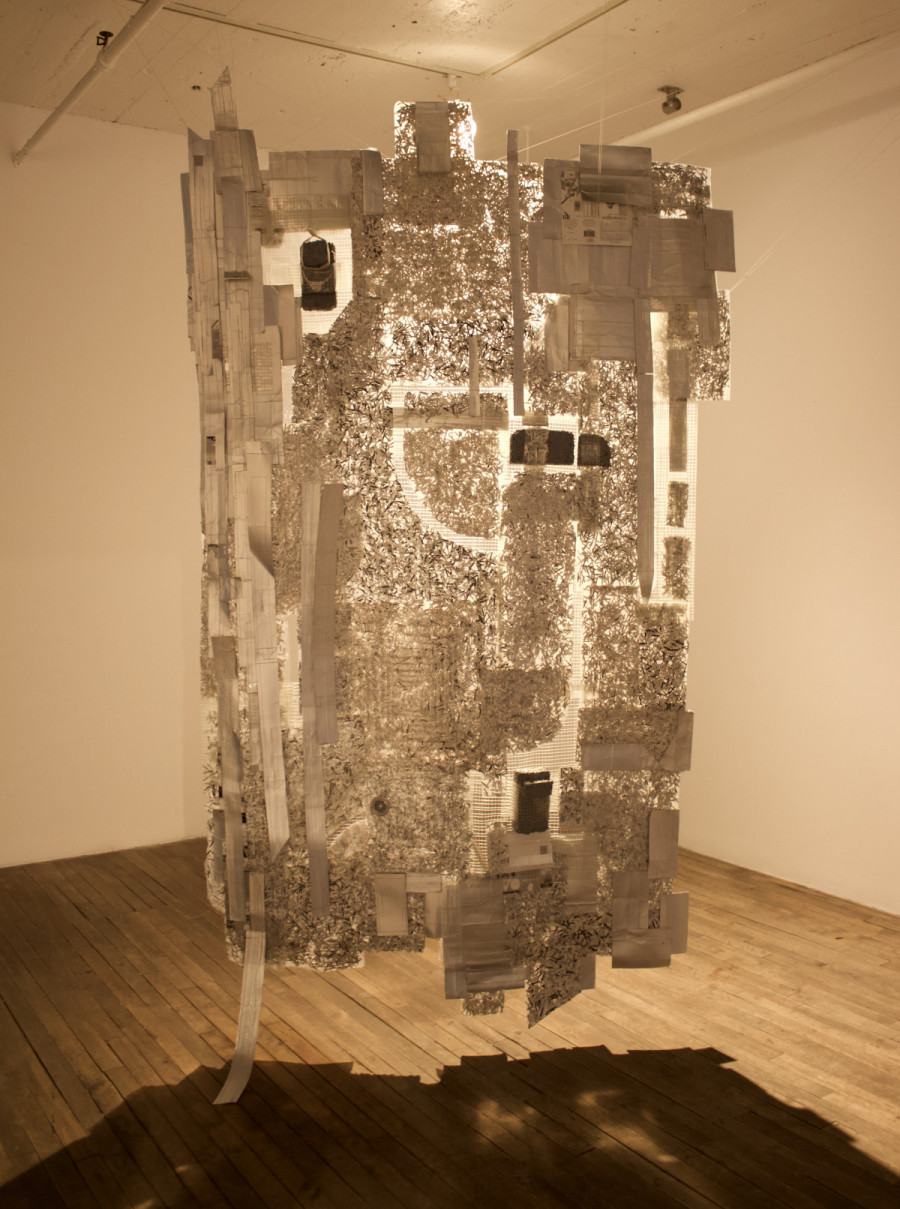
The dire thought that human nature itself leads to nature’s ruin acts as a link between the various pieces of the exhibition. “Is it in our human nature to be destroying nature?” said Tamar Tembeck, the curator at Oboro. “Because that seems to be what we’re doing.”
After an open call submission, Tembeck selected pieces that could provide a look into this ecocide. The collection of all these chosen pieces resulted in the Human | Nature exhibition. It invites the public to dive into the artist's perspective of how human nature impacts our environment. The range of the pieces featured extend from sculptures upcycling single-used materials—as portrayed by the work of Atom Cianfarani Survival Quilting—to an immersive video game transporting the viewer to a forest full of singing birds.
Oboro worked synergically with the two other production organizations in the 4001 Berri edifice, Ada X and Groupe Intervention Video. Her selection included four short videos from GIV, which aim to support and feature works made by women. A workshop was held by Lou Fonzin Nov. 27 named “Dismantling Your Électroniques” as a part of Human | Nature. It aimed to educate its participants about the various minerals composing the electronics taking part in everyday life.
“Is it in our human nature to be destroying nature?” — Tamar Tembeck
Aside from the human versus nature dichotomy, Tembeck described the energy uniting the individual pieces of art as deliberate, meticulous, and slightly obsessive. Oboro’s mandate to showcase a wide array of media–such as visual and digital arts–is usually filled over the course of the year. However, Human | Nature succeeds in filling that mandate in a single exhibition.
Each creation merges nature and human contact. It resulted in an atypical digital biology, where classic biology is integrated in modern technology. For one of the featured pieces, Laurent Lévesque and Olivier Henley worked together to create The Conservatory: First Ramble. The result features the gathering of 250 plants from video games dating as far as 1997 up to 2017. This collection of virtually harvested plants give rise to a forest, where the viewer can use an Xbox remote to roam in the forest.
Angela Marsh meticulously created This Work Is So Urgent It Must Be Slow before the pandemic, by combining bubble wrap and dried flowers. She carefully opened individual bubbles from the wrap and inserted flowers inside before sewing each bubble shut.
Read more: ‘Blackity’ sheds light on the disparities of representation in Black Canadian art
Read more: From Montreal to around the globe, art builds community
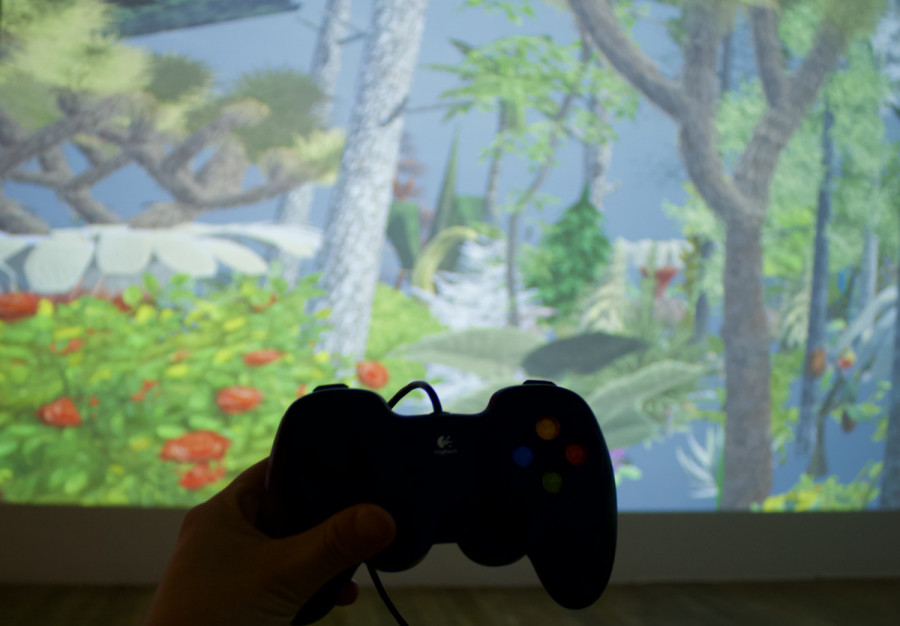
“[Marsh] had started that project back in 2019, to have it featured in the summer showcase at Articule,” said Audrey Bilodeau Fontaine, the communication manager at Oboro. Articule, an art gallery in Montreal’s Mile End neighbourhood, had originally commissioned the piece.
Johannes Heldén and Håkan Jonson’s contribution, Encyclopedia, brings to life thousands of extinct creatures–all fictitious–in order to emphasize the impact humans have on animal extinction. They are each described on index cards and are displayed as the first piece the public encounters when walking into the exhibit. The audience is confronted with the physical piles of index cards upon entering the room. The index cards are also compiled on a tablet, where an algorithm ensures that no species will be displayed twice, highlighting the precarity of life
“Part of the work of curating is finding the common thread,” said Tembeck about the exhibit’s overall theme of human impact on nature. In the case of Human | Nature, the thread connecting all the artworks is strong enough to guide the public throughout the exhibition, as they move through the different rooms.

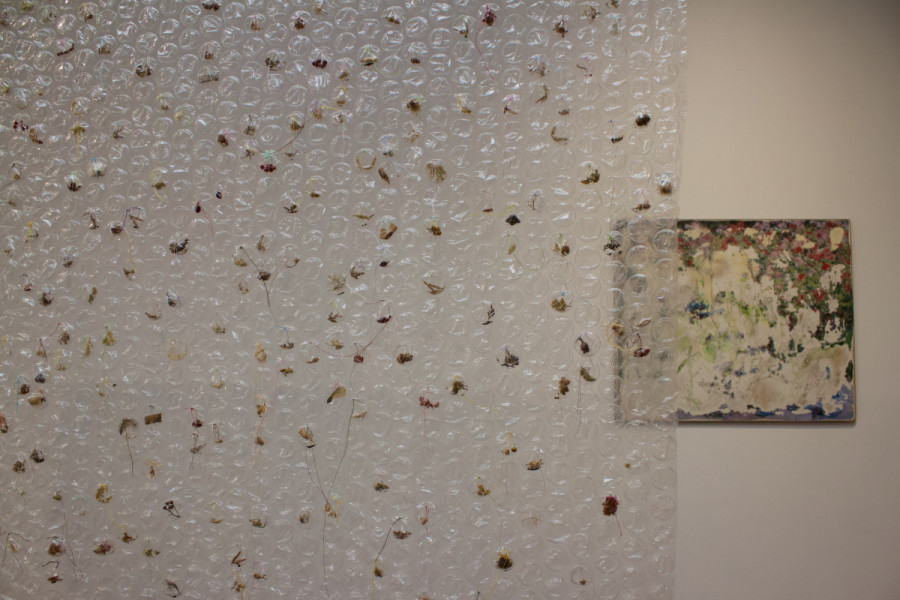
_600_832_s.png)

